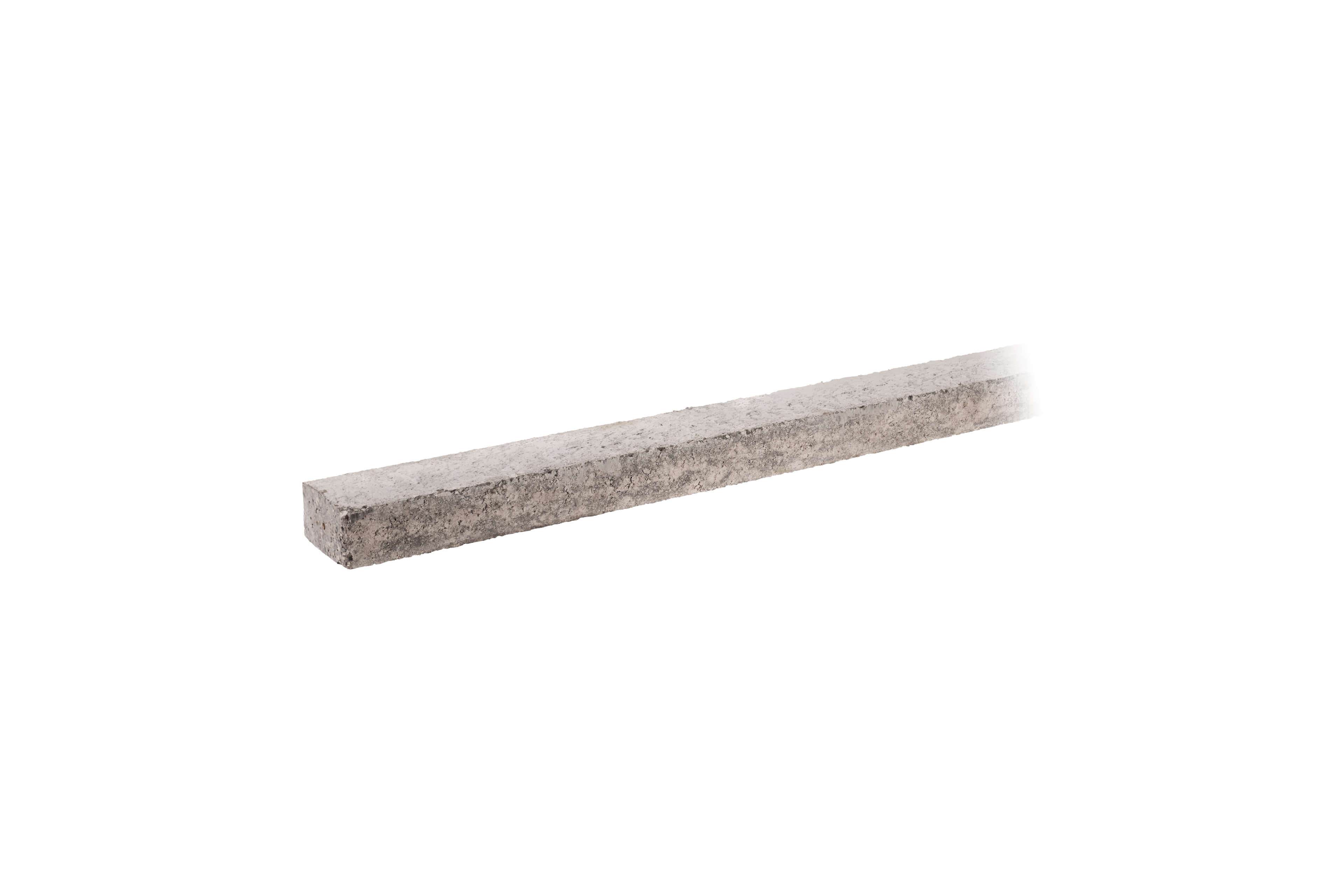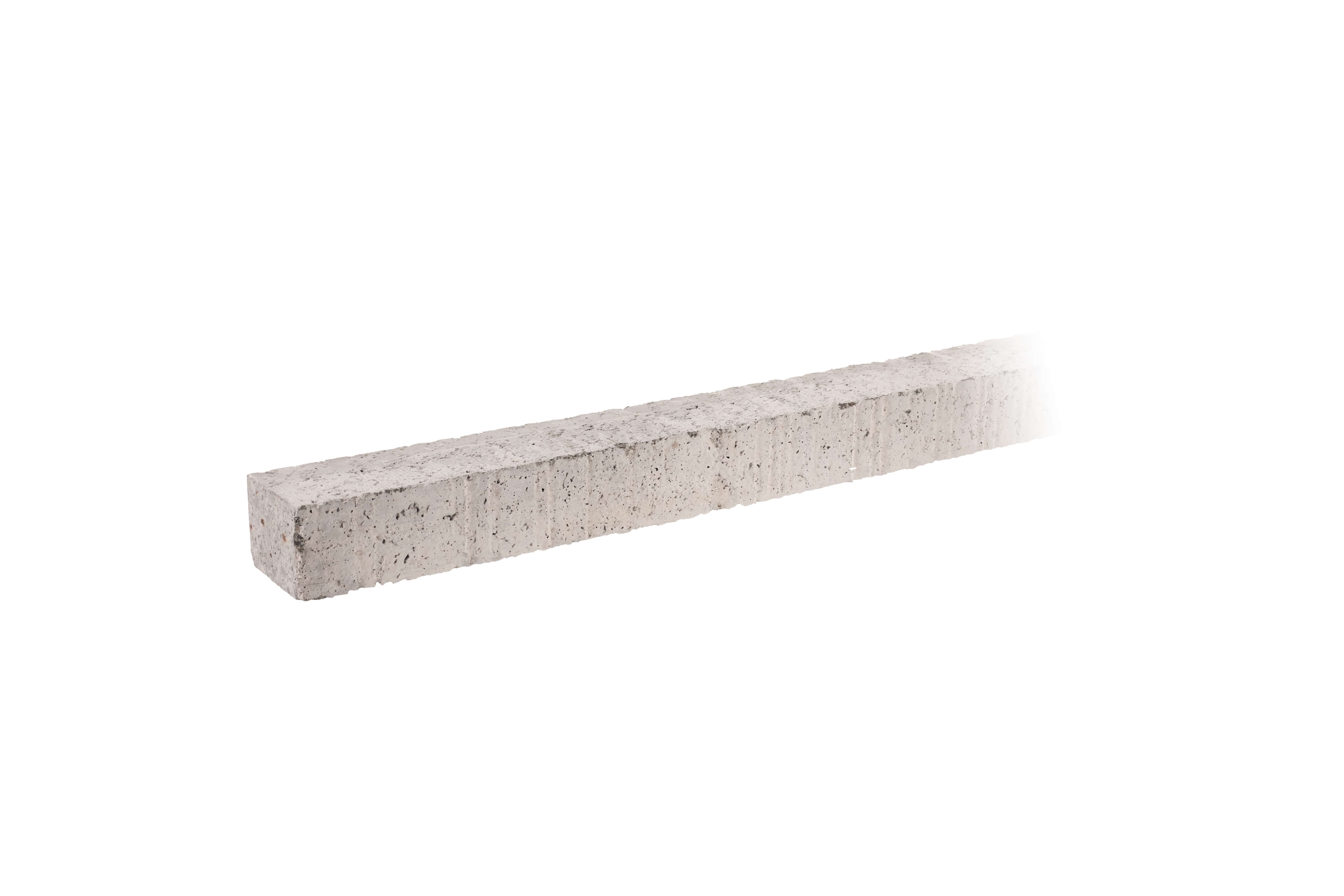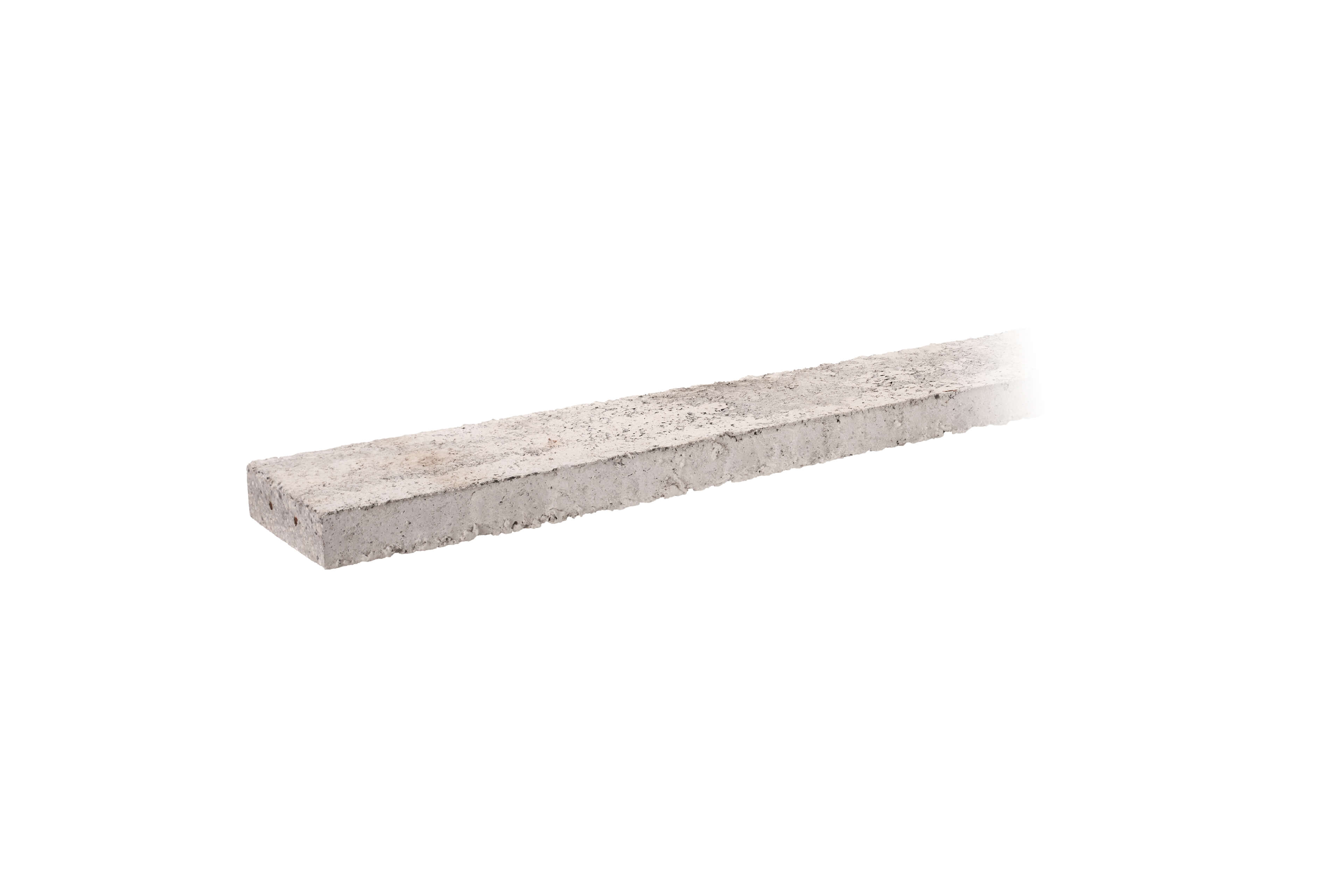Concrete Lintels
(22 Products)A concrete lintel is a horizontal beam designed to sit across the top of an opening in a wall. It supports the load of whatever’s built above (brickwork, blockwork, flooring, or roof) and shifts that weight safely into the surrounding structure.
What Are Concrete Lintels?
Concrete lintels provide critical load-bearing support in masonry construction. Positioned horizontally above structural openings, they carry imposed loads from the wall, roof, or floor above and distribute them to either side of the opening.
Reinforcement within the concrete (usually in the form of rebar) adds tensile strength, making the lintel capable of withstanding flexural stress without failure.
Prestressed Concrete Lintels
Prestressed lintels work a bit differently. During manufacturing, steel cables inside the beam are pulled tight before the concrete is poured.
Once it sets, the tension is released, compressing the concrete internally. That tension helps the lintel resist the forces it will face once it’s in the wall.
This pre-compression lets the lintel span longer openings or carry heavier loads than a standard reinforced version of the same size.
Prestressed lintels are common over wider windows, doors, or anywhere strength needs to go up without using bulky steelwork.
Applications
Concrete lintels are what stop the bricks above a doorway or window from cracking or dropping. You’ll spot them:
- Over both internal and external openings
- In places where timber wouldn’t be strong enough
- When a room’s being opened up and the wall still needs to carry weight
- Any time an opening cuts into block and brick and the load needs to be spread
Benefits
- Concrete lintels are fire-safe by nature, with no coatings required.
- They take finishes well - they disappear cleanly into walls when covered.
- Reinforced design supports openings without flexing or failure.
- Long-term wear and moisture aren’t an issue. A dependable option even in exposed areas.
- They’re cost-effective and widely available, which keeps jobs moving and budgets in check.
Installation Considerations
- Bearing Ends Need To Be Solid: Make sure the lintel sits on at least 150mm of firm block or brick at each side.
- Get It Level: Bed it down on mortar and check it's sitting straight before you start laying above.
- Check Orientation: Some lintels are designed to go in one way only. Check the markings or spec.
- Fix It Well: In cavity walls or wide spans, use the right ties or fixings so it stays secure.
- Don’t Forget The Damp Course: On outside walls, you’ll usually need a DPC or cavity tray to keep water from tracking into the wall below.
Every type of lintel is slightly different, so it’s worth checking the product details or speaking to the manufacturer if you’re unsure. And if the opening is holding up a floor, a roof, or anything heavy, get advice from a structural engineer before you go any further.
Frequently Asked Concrete Lintels Questions
How Should a Concrete Lintel be Installed?
Installation of a concrete lintel involves placing it on temporary supports, ensuring it is level and aligned, and then securing it with mortar or concrete.
The lintel must be cured before any load is applied.
It’s crucial to follow engineering specifications and local building codes during installation.
Are There Any Maintenance Requirements for Concrete Lintels?
Concrete lintels generally require minimal maintenance. However, it’s important to periodically check for signs of damage, such as cracks or spalling.
Any issues should be addressed promptly to prevent structural problems. Ensuring sufficient drainage around the lintel can also help prolong its lifespan.
What Are Fair-Faced Lintels?
These are concrete lintels designed with a smooth, aesthetically pleasing finish that can be left exposed, eliminating the need for plastering or rendering. They are often used in modern designs or where a raw, industrial look is preferred.
Can Concrete Lintels Be Cut or Modified On-Site? What Happens If They're Damaged?
Generally, concrete lintels should not be cut or modified on-site. This is especially true for pre-stressed lintels, where cutting can release the internal tensioning wires, severely compromising their load-bearing capacity and potentially leading to catastrophic failure.
Even with reinforced lintels, cutting can expose the steel reinforcement to corrosion and weaken the overall structure.
If a lintel arrives damaged or is found to be cracked during installation, it must be replaced. A damaged lintel cannot reliably carry its intended load and poses a significant safety risk. Always order the correct size to avoid the temptation to cut.






